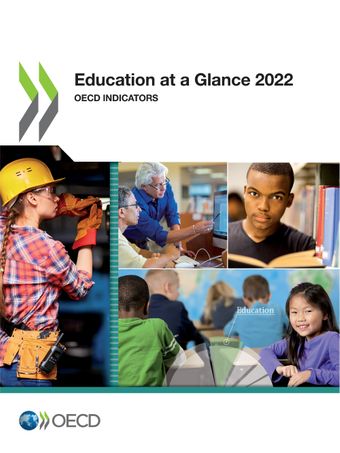Other indicators include: public and private spending on education; the earnings’ advantage of education; entry to and graduation from tertiary education; statutory and actual salaries of school heads; and teacher salaries and instruction time.
The most important findings are:
• The second half of 2021 and first half of 2022 were marked by persistent challenges due to the COVID-19 pandemic, but also by a gradual return to normality thanks to widespread vaccinations. As the focus shifted from crisis management to recovery, evaluating the impact of the pandemic and remediating its consequences became a priority.
• Most children aged 3-5 are enrolled in early childhood education.
• Teaching requirements at primary and secondary level differ across countries. In some countries, upper secondary teachers are expected to teach for less than one-third of their total working time, whereas in other countries, they are expected to teach for almost two-thirds of their working time.
• Tertiary attainment has increased strongly in recent decades but tertiary completion rates are low in many countries
